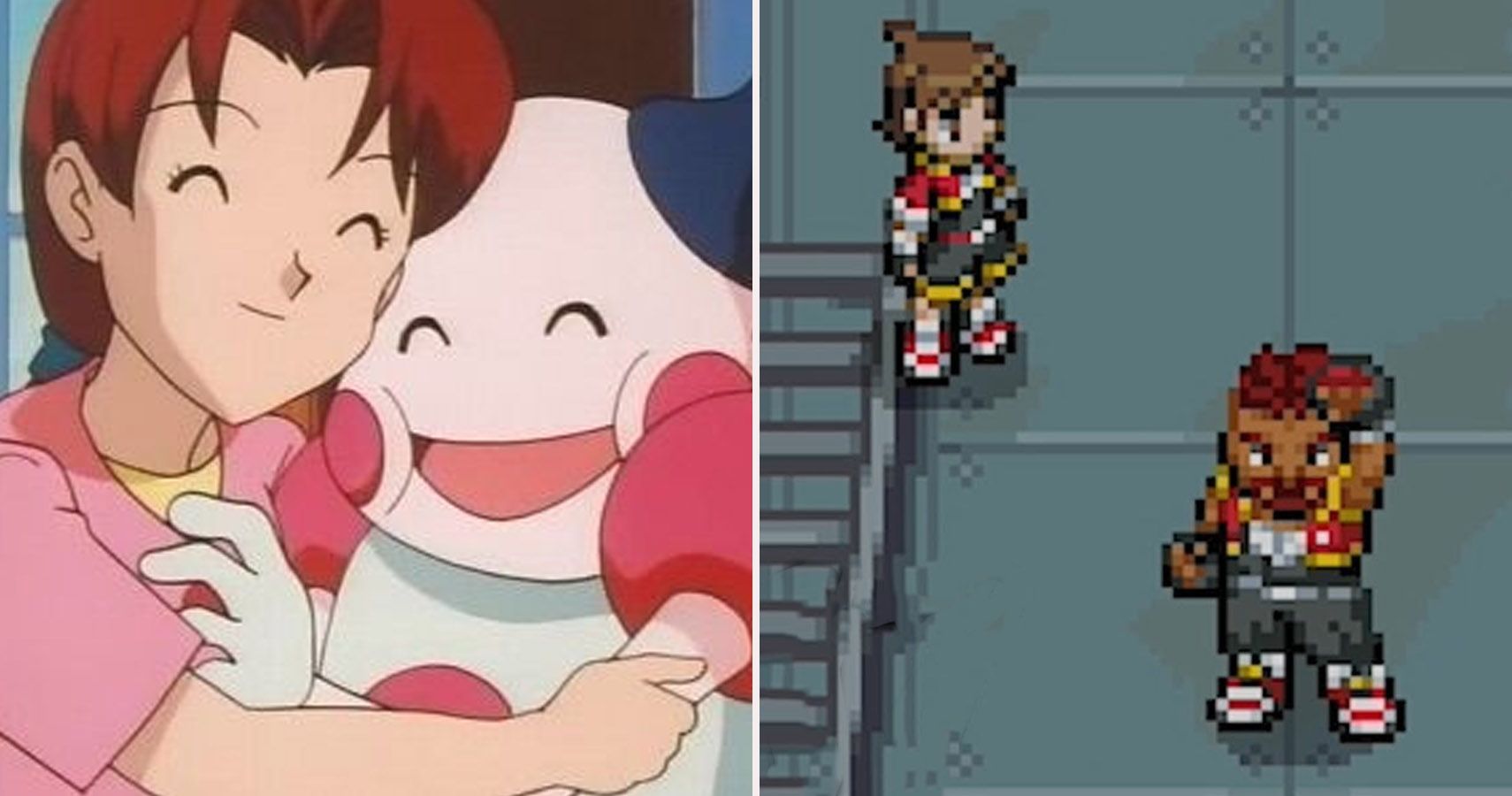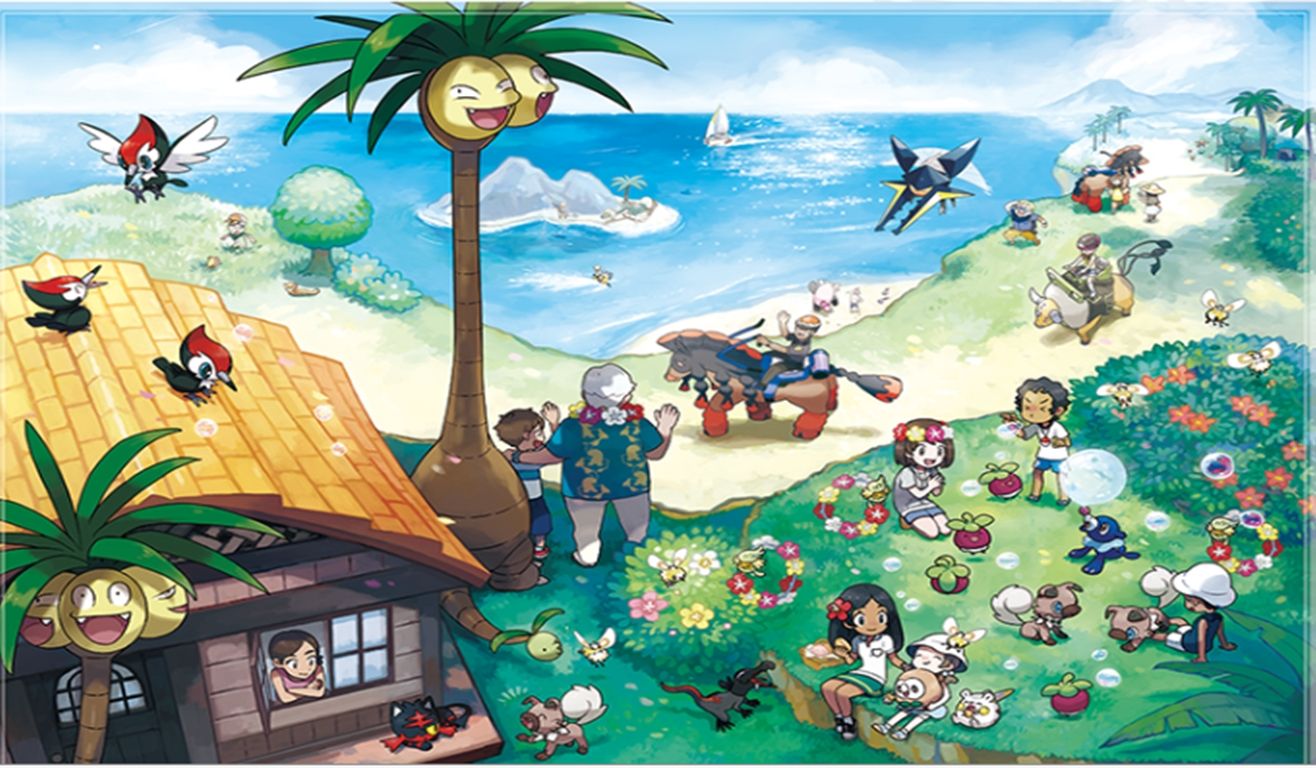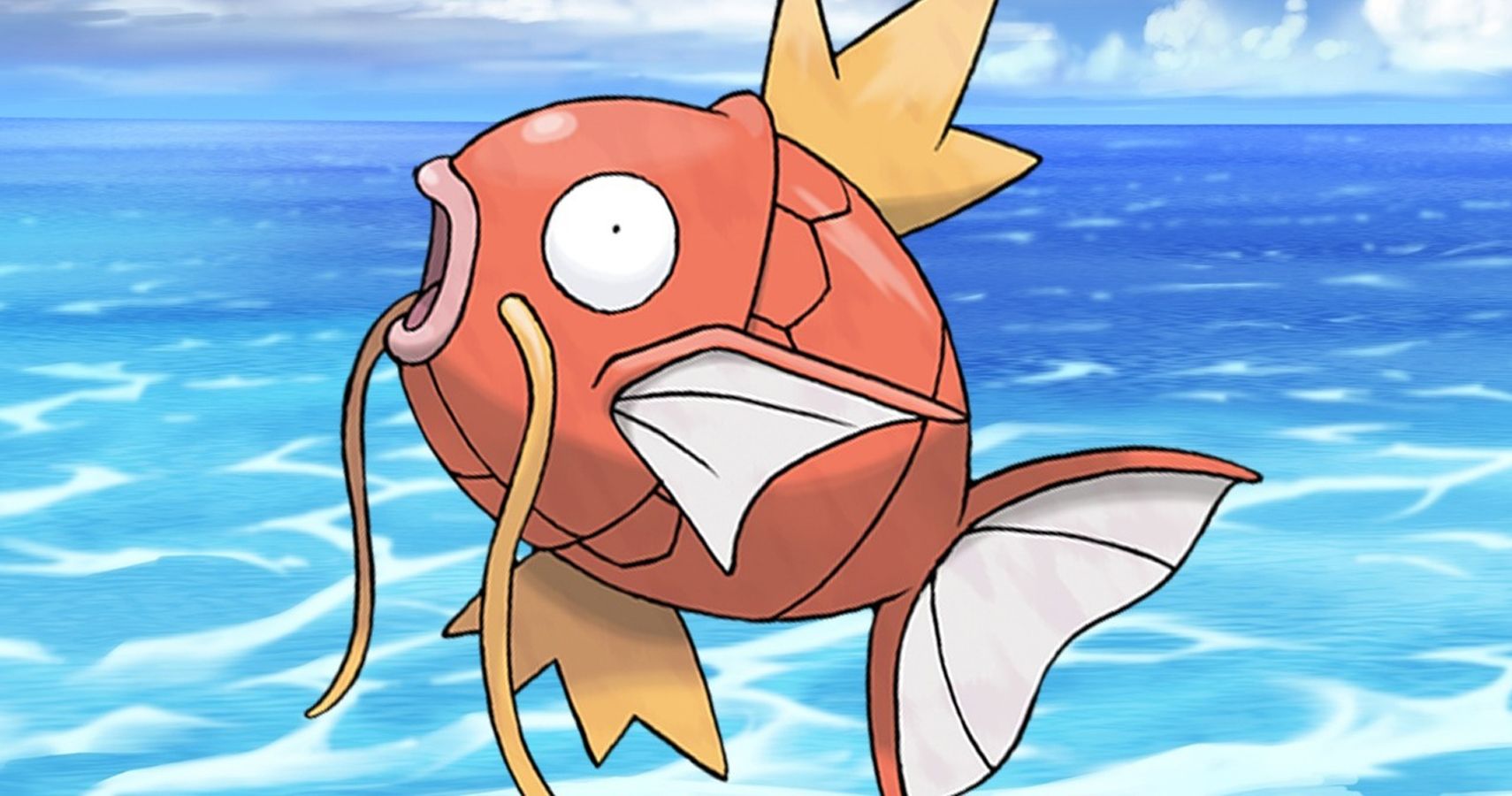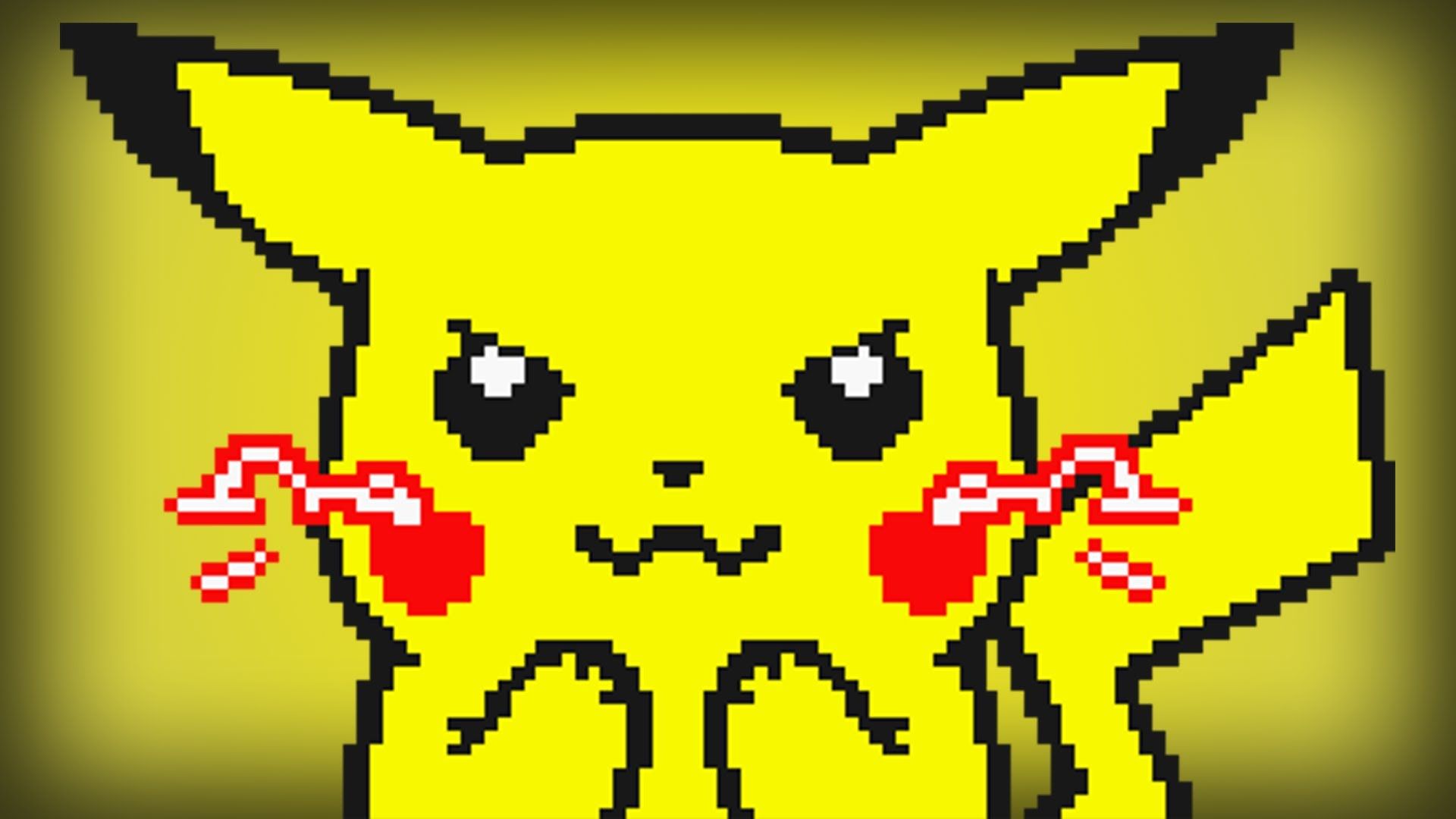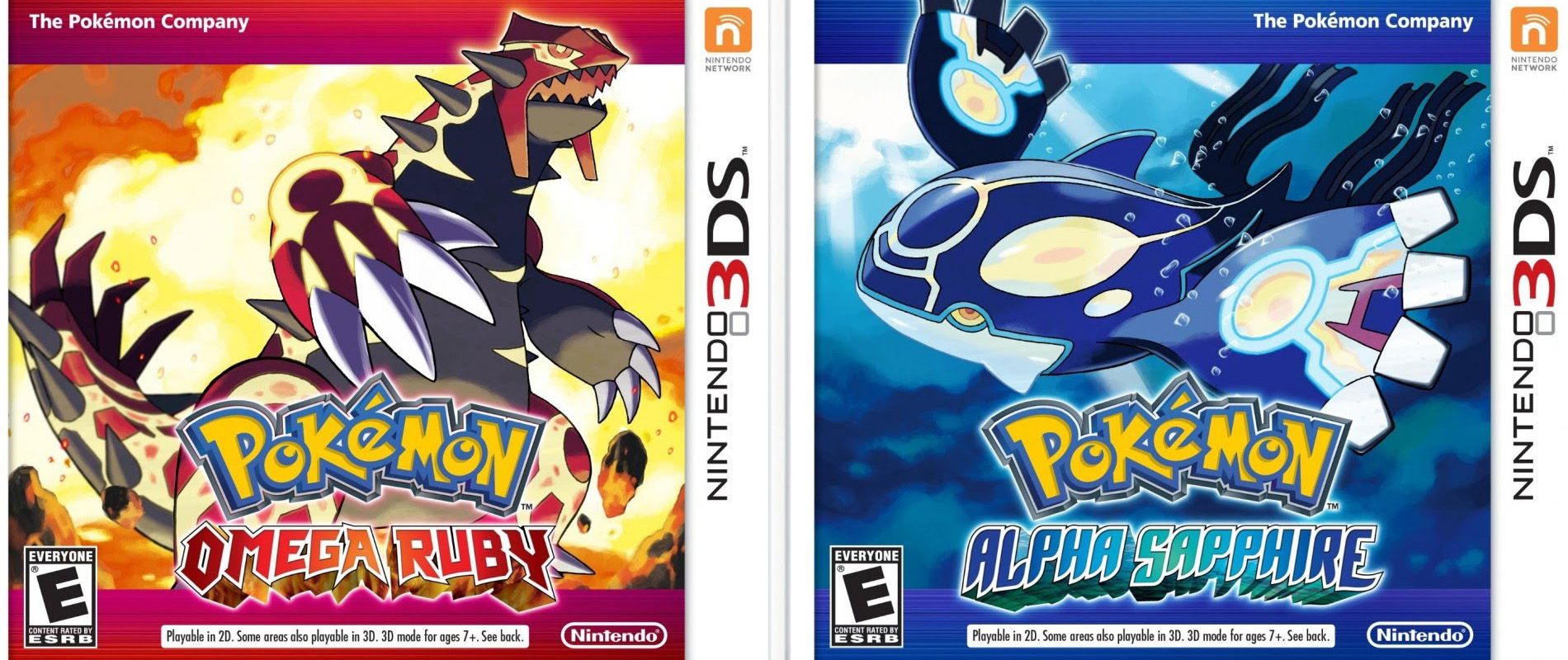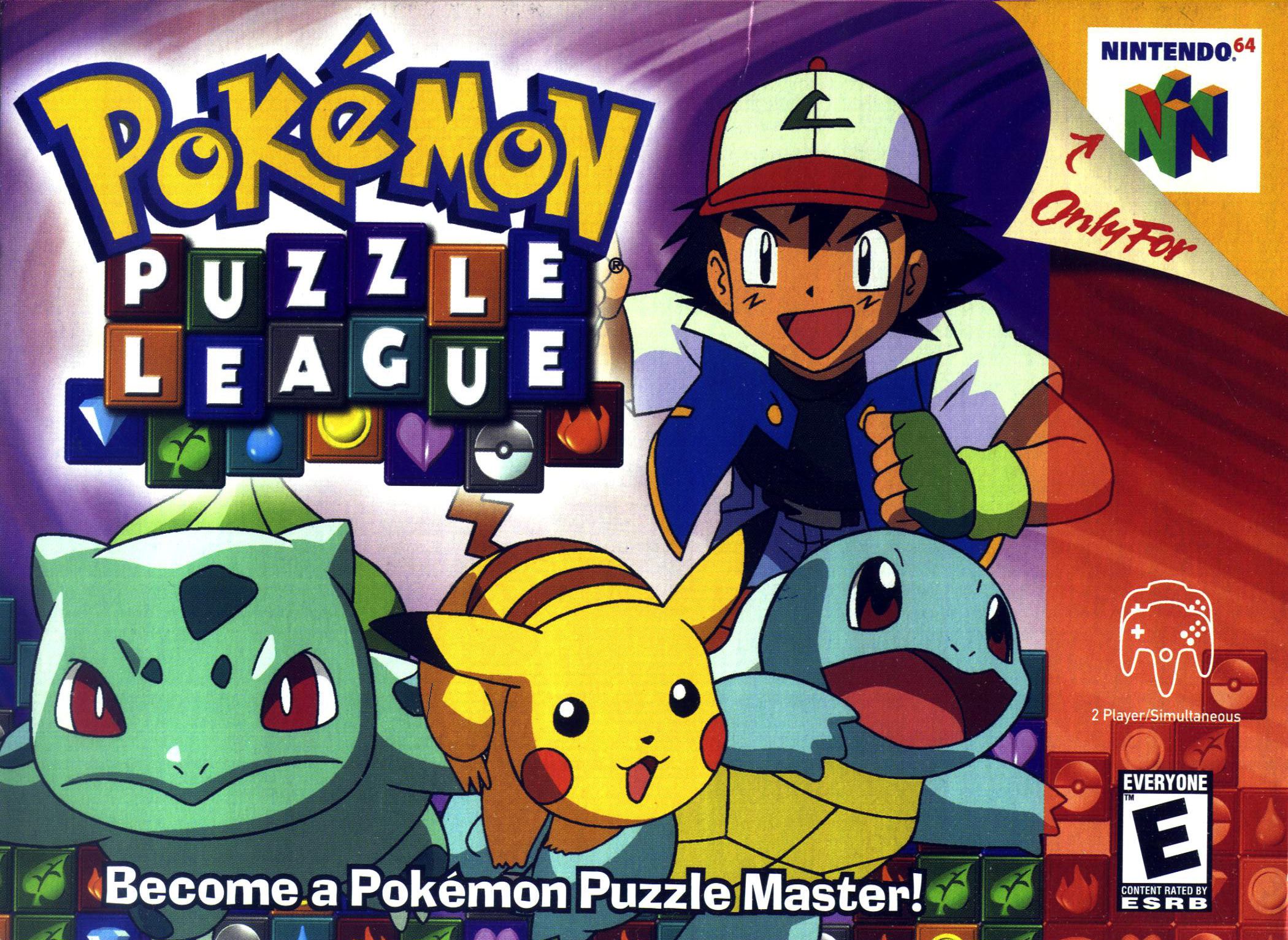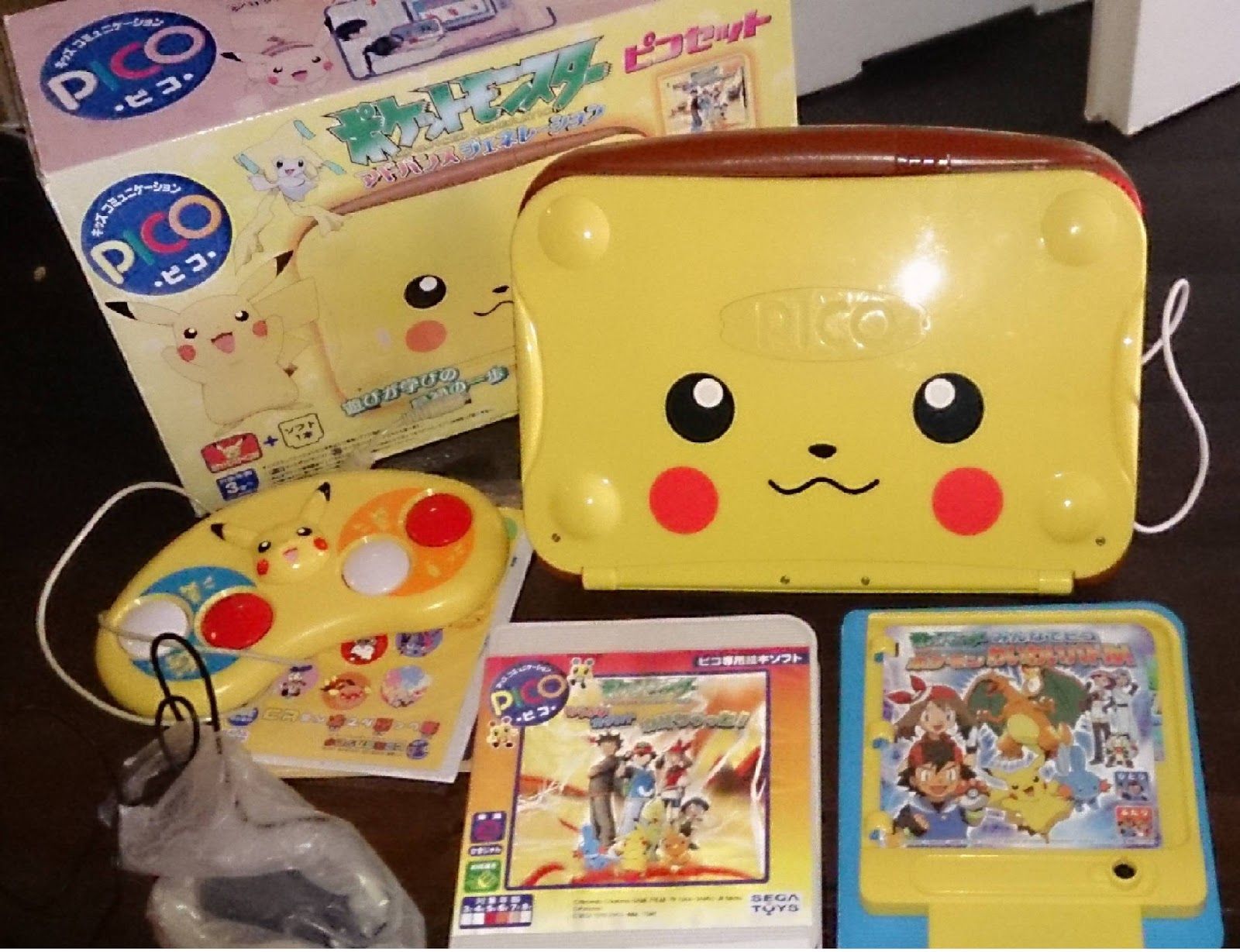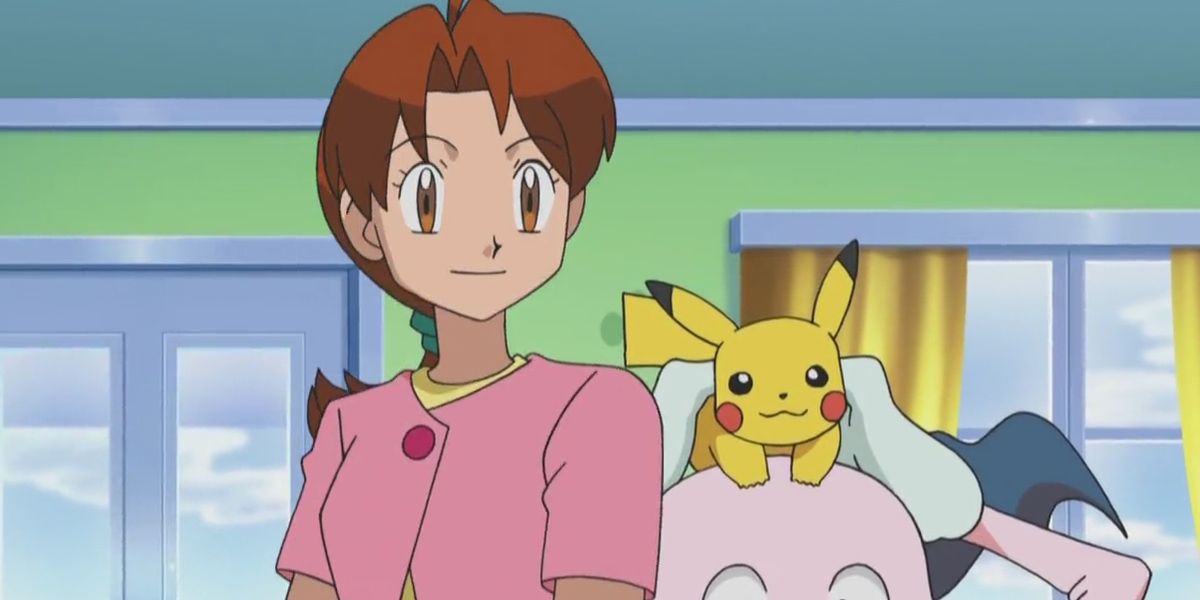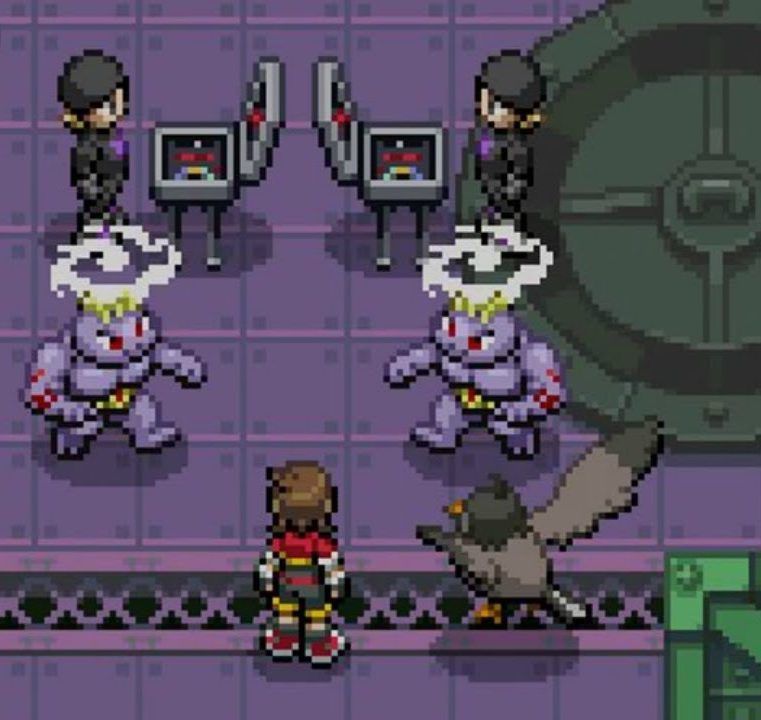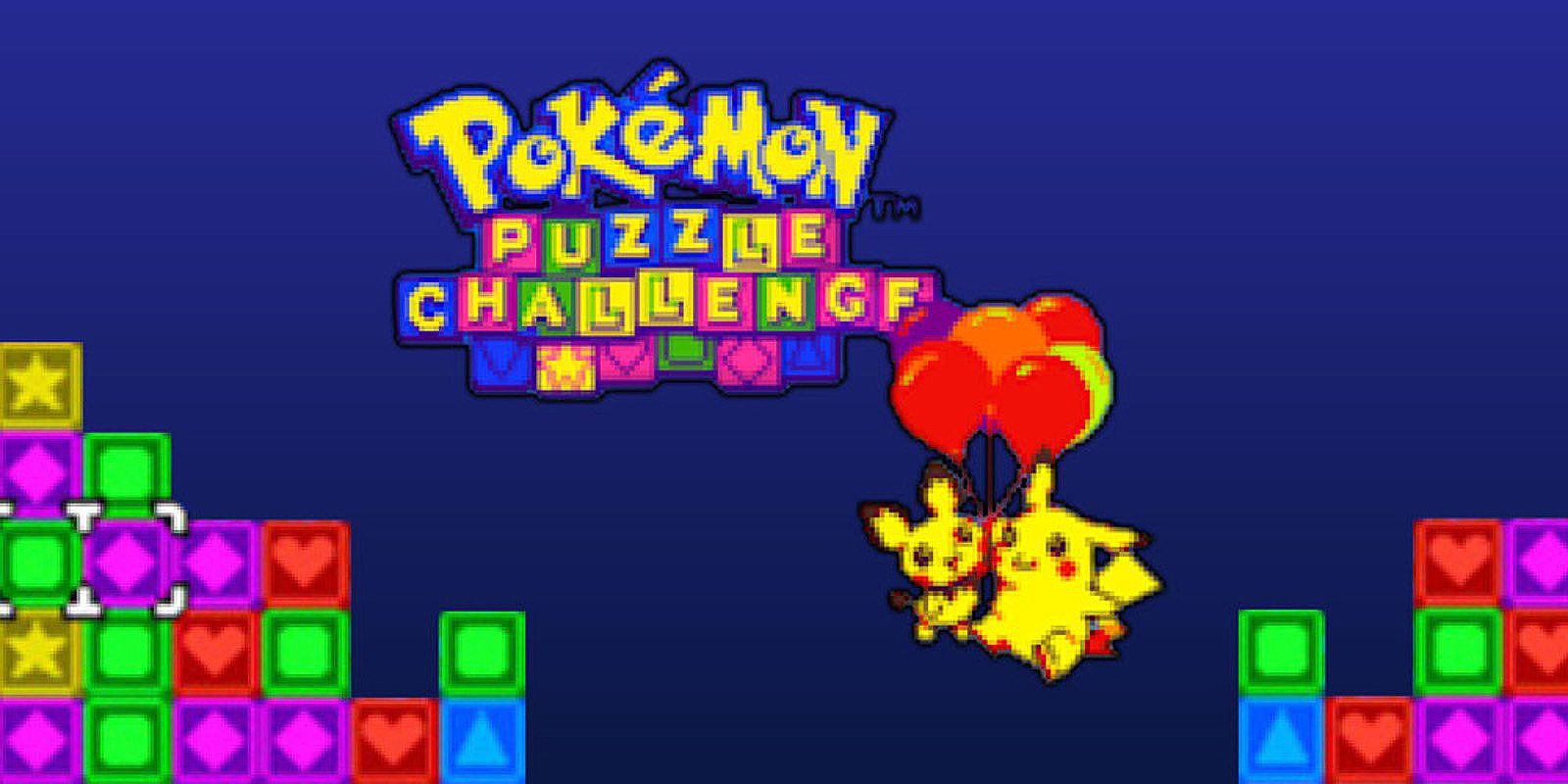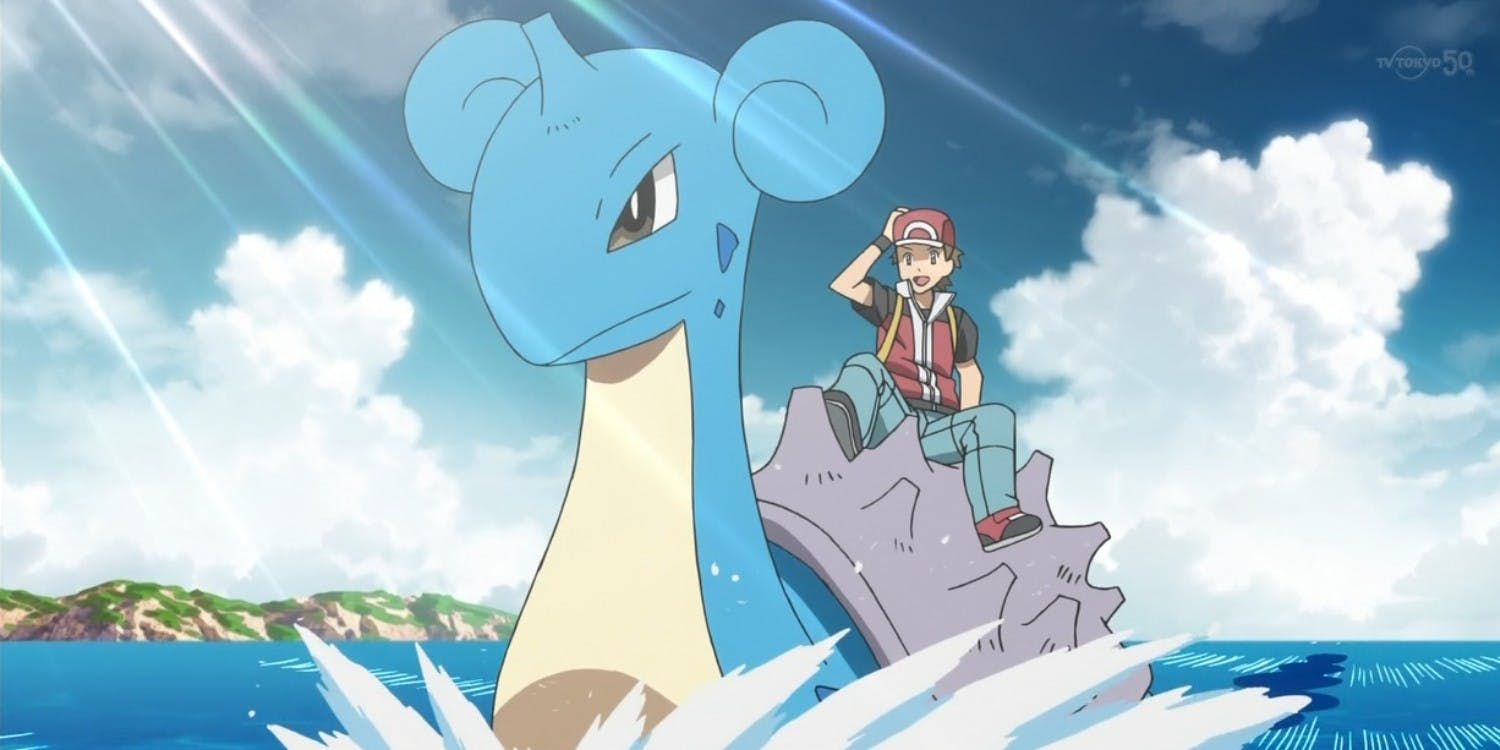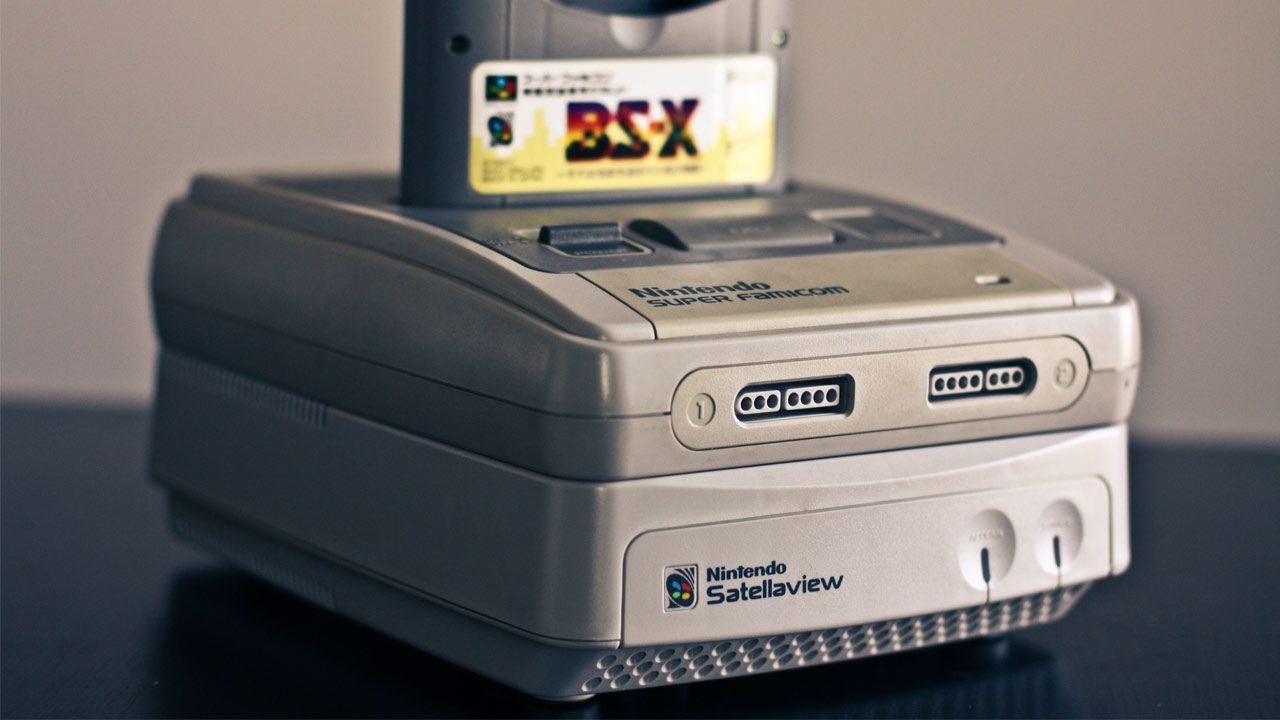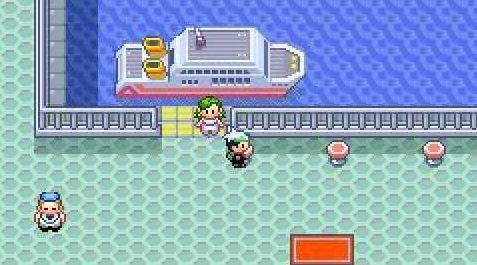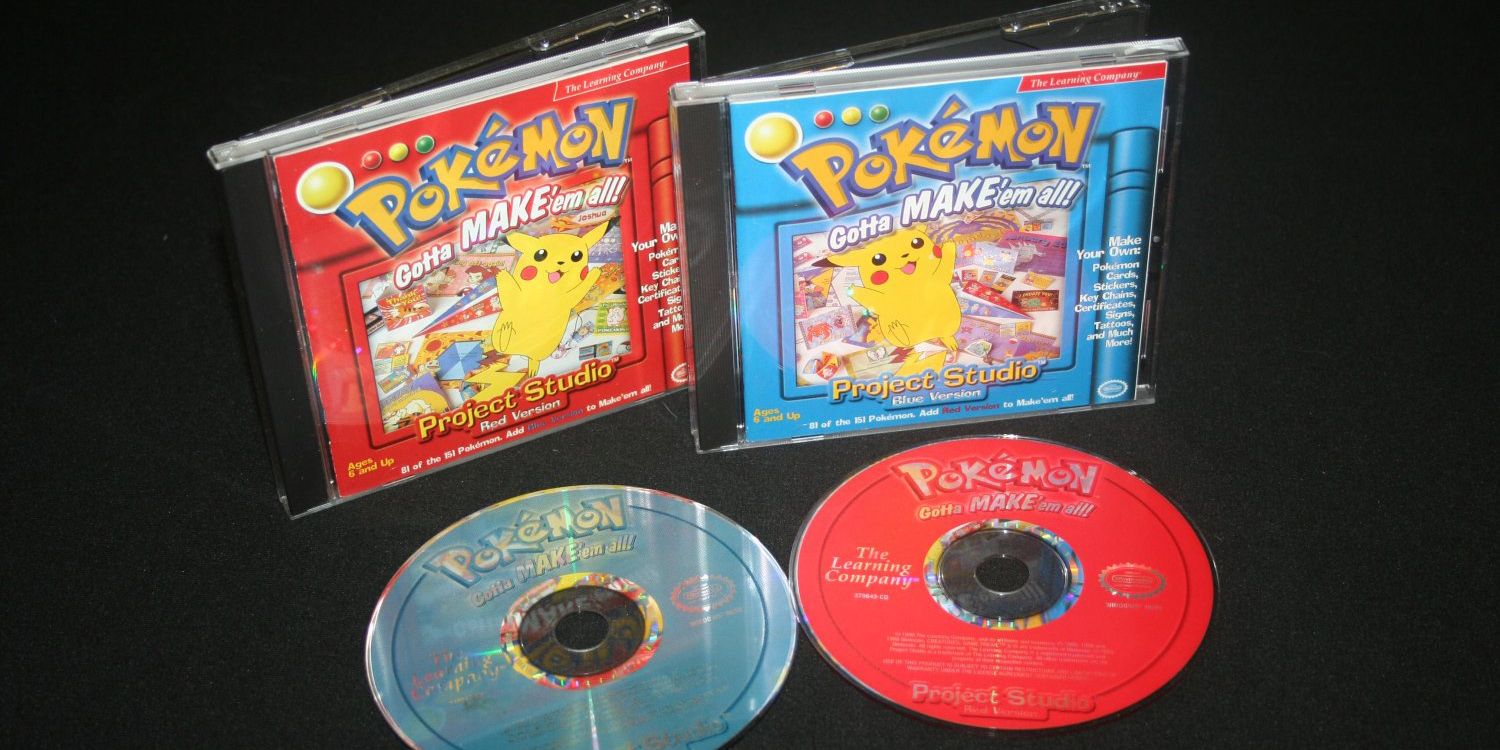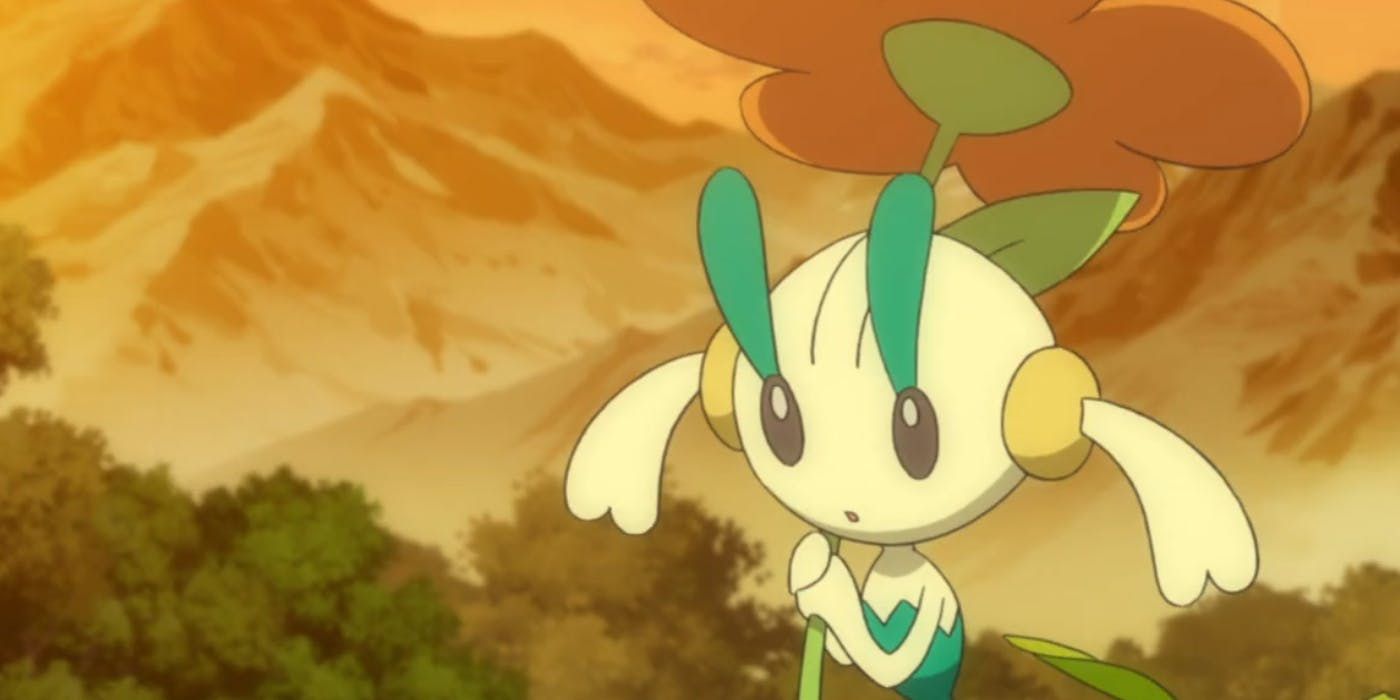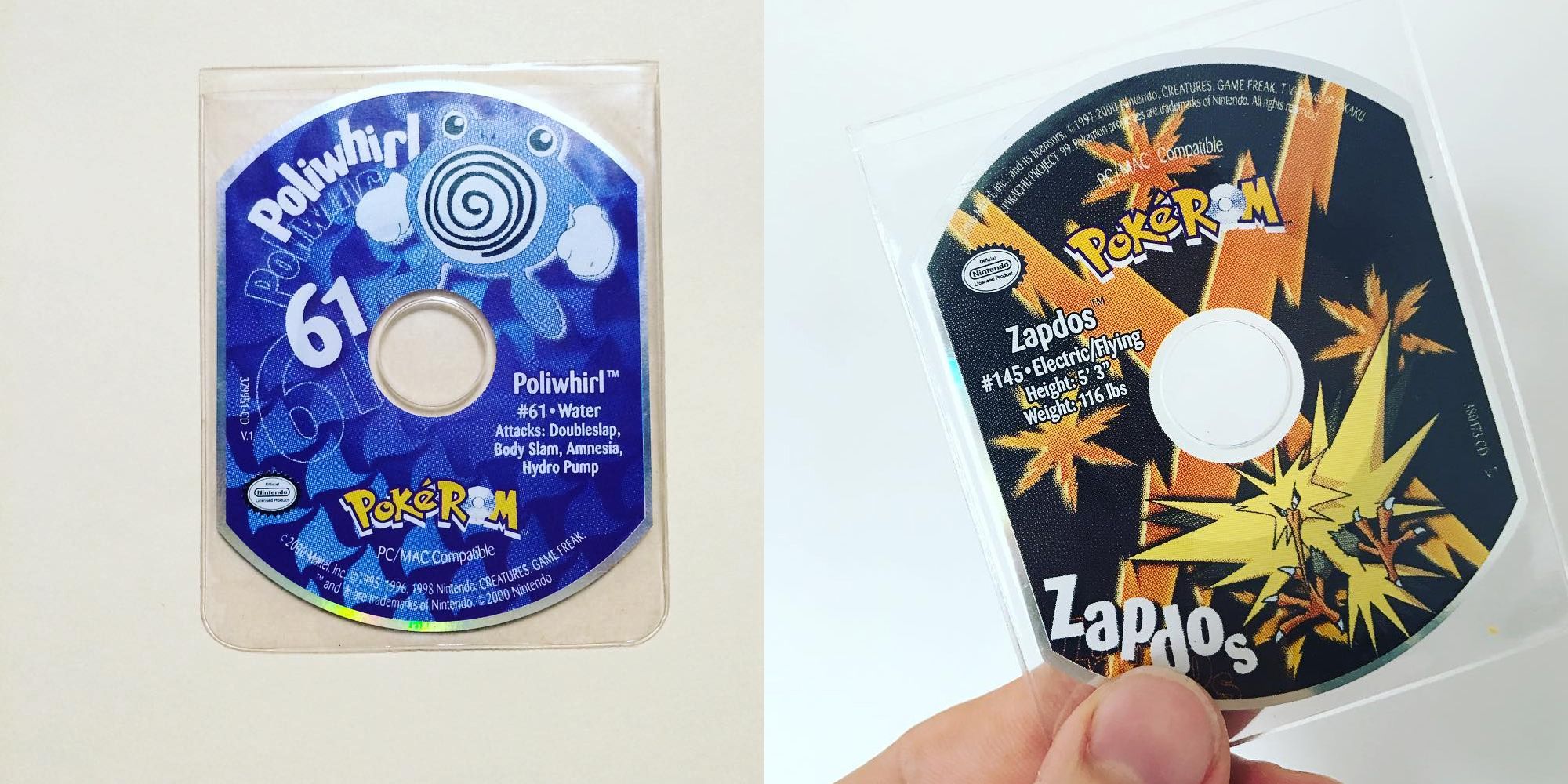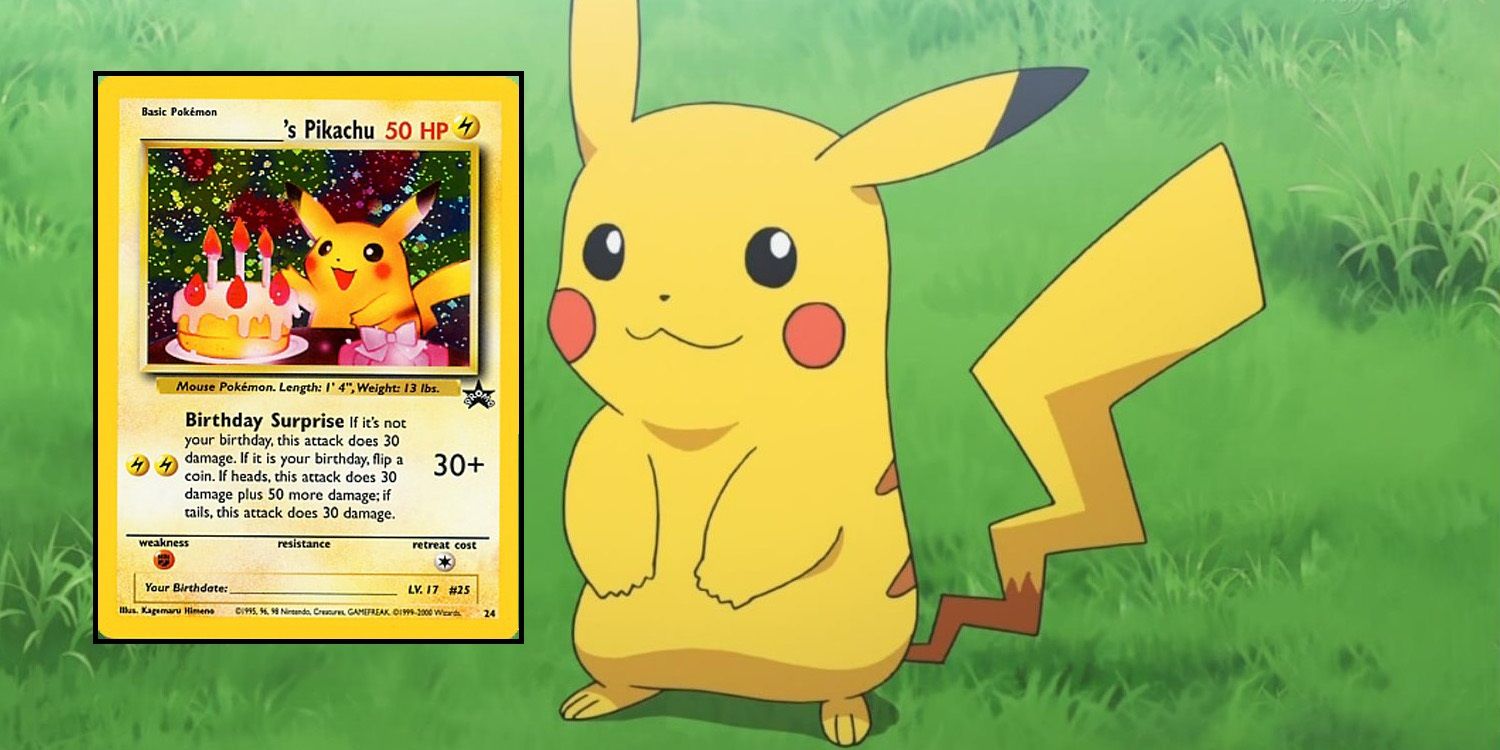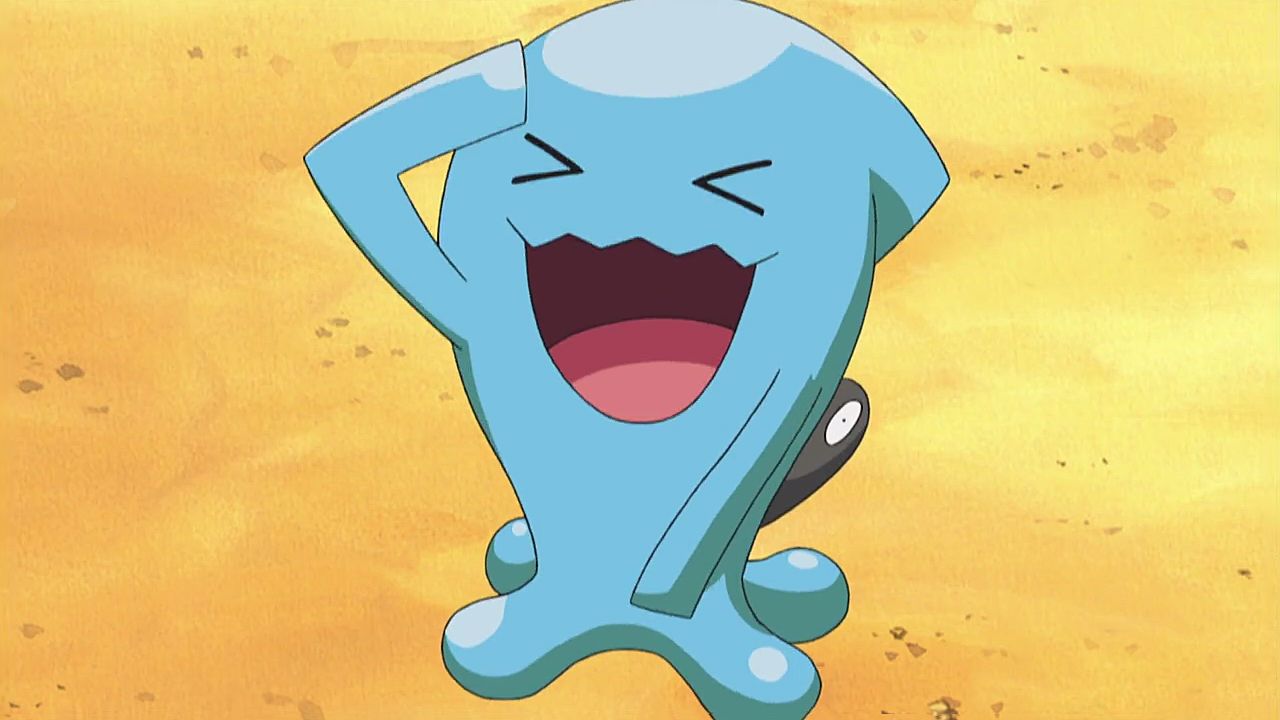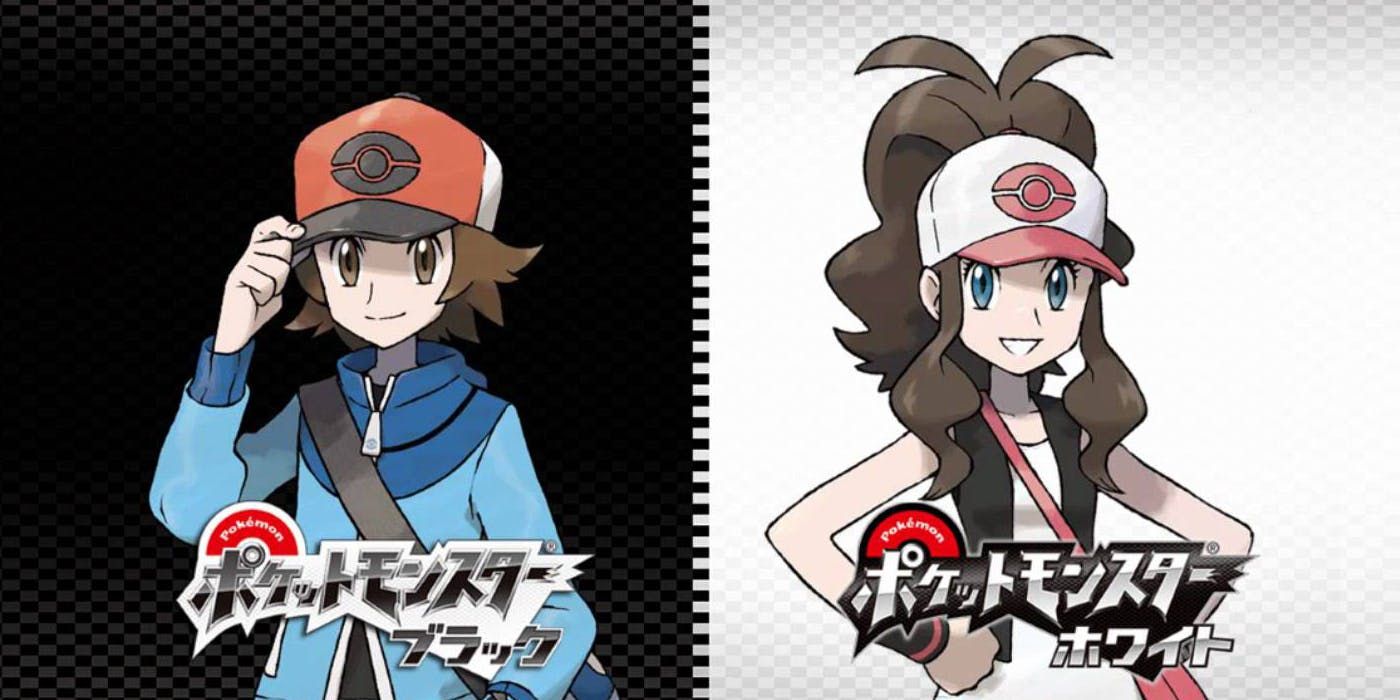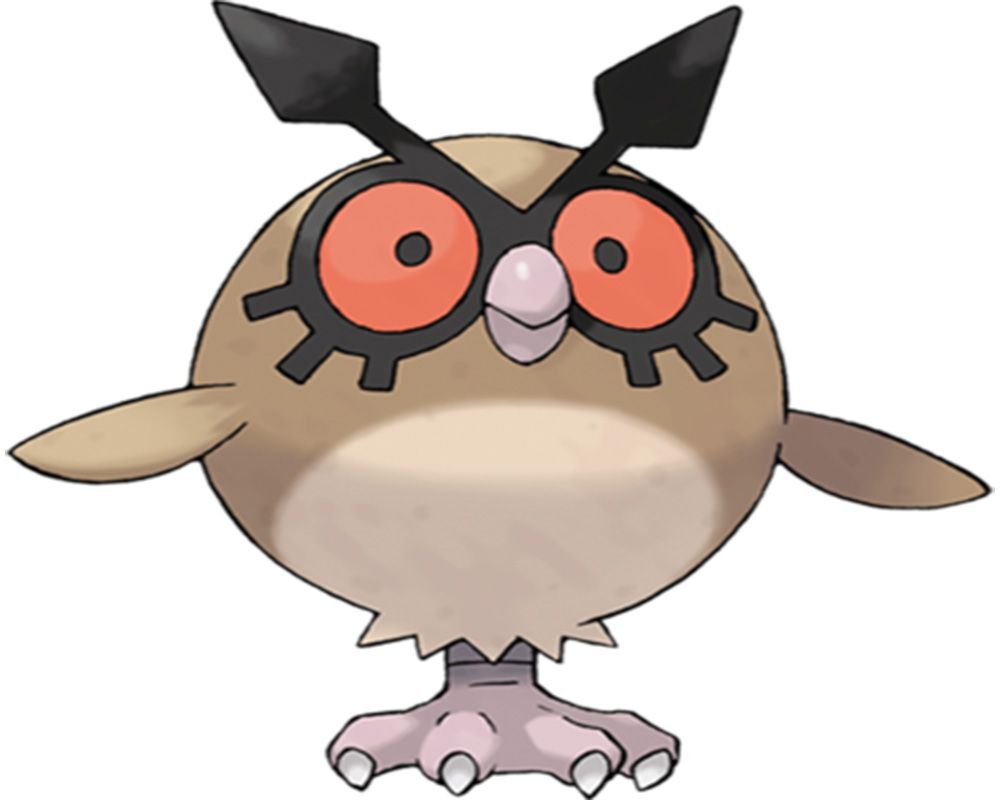No one expected Pokémon Red & Green to become big sellers, least of all Nintendo. They saw it as a bug-riddled game on a dying system and released it without much fanfare. It didn't take long for the first Pokémon games to take Japan by storm, which eventually saw the series spreading across the world.
The Pokémon franchise continued to grow until it became one of Nintendo's most successful properties, with Pikachu earning a place among the first-party Nintendo characters like Mario and Link. The Pokémon games grew as a series, to the point where they challenged the likes of Final Fantasy in terms of the number of entries.
Pokémon has so much material that a lot of knowledge about the games has slipped through the cracks of the Internet and been forgotten by time. We are here today to look at the most obscure facts about the Pokémon video games that even the most devoted fans don't know about. From the lost partnerships of Alola, to the real-life inspiration for the owl of Johto.
Here are Twenty Things Even Die-Hard Fans Didn’t Know About The Pokémon Games!
20 They Could Have Made Alola Less Boring...
Pokémon Yellow introduced the idea of having a Pokémon follow you around on the world map. This was limited to the Pikachu that you were given at the start of the game.
Pokémon HeartGold & SoulSilver expanded on this concept by allowing every Pokémon in the game to follow you around, with the player being able to interact with them.
It seems that Pokémon Sun & Moon was going to bring this concept into the latest generation of games. Every Pokémon in Sun & Moon has animations dedicated to walking or moving at a slow pace. It is believed these were meant to be used for allowing your Pokémon to follow you like in the old games, but it was scrapped for some unknown reason.
19 Trapped On Route 226!
It's possible (though very difficult) to trap yourself in an inescapable situation in many Pokémon games by saving in a place without a means of catching new Pokémon. This is why later games prevent you from banishing the last Pokémon that can learn a HM move, in order to prevent these situations.
You can trap yourself in Pokémon Diamond & Pearl by traveling to the island on Route 226 and trading your Finneon for a Magikarp. If the Finneon was the only Pokémon in your party and you had no Rods or Rare Candies, then you would be trapped on the island, as the Magikarp you traded for would be unable to learn Surf. If you saved your game, then you would need to start over.
18 The Lost Cries Of Pikachu
The first Pokémon game to ever use voice acting was Pokémon Yellow on the Game Boy. This game featured cries for the starter Pikachu that were performed by Ikue Otani, who is the Japanese voice actress for Pikachu in the Pokémon anime.
The original Pokémon games struggled to fit on a regular Game Boy cartridge, which means that the Pikachu voice clips in Pokémon Yellow were costly in terms of memory. You might be surprised to learn that there are several unused Pikachu cries hidden within the data of Pokémon Yellow that were found by fans who went digging through the code of the game. Sixteen Pikachu cries go unused in Pokémon Yellow and we have no idea why they were cut.
17 7.8, Too Many References
IGN once took abuse from Pokémon fans due to their overly harsh review of Pokémon Omega Ruby & Alpha Sapphire. They gave the game a 7.8 out of 10 rating, which was seen as an unfair assessment of the game's quality. The line that annoyed most people was one of the negatives of the game being listed as "Too much water." This statement quickly became a meme, as fans found this to be a ridiculous complaint to have about the game.
It seems that the review is now canon within the world of Pokémon. The English localization of the game added a reference to the infamous review in the comments that you can use when viewing a photo. It's possible to leave a comment that says "7.8/10 Too much water" on someone's picture.
16 The Hidden Message Of Love
The invention of emulation allowed fans to dig through the files of their favorite games and uncover secrets that were never meant to be revealed. The Internet allowed the fans to share their findings, which is why many bizarre Easter eggs from the past have been uncovered. The Pokémon series is no exception in this regard, with many games in the series possessing secrets that the fans were never meant to see.
Pokémon Puzzle League has an unusual secret hidden within the files of the game. The game features two admissions of love by unknown individuals. The first message is in Japanese and it proclaims love for a girl named Emi, while the second is in English and it is a message of affection for a girl named Liz.
15 The Sega Pokémon Games
The Pokémon franchise is closely tied to Nintendo, even though the games are made by a third-party developer. Game Freak has been responsible for creating all of the main Pokémon games and most of the spinoffs. They aren't opposed to making games for companies other than Nintendo, as Tembo the Badass Elephant appeared on the PlayStation 4.
A Pokémon game actually appeared on a non-Nintendo system in 2002. Sega once released a console that specialized in educational games, called the Sega Pico, which used cartridges shaped like books that the kids were meant to interact with. Three Pokémon games were released on this system. These games focused on teaching children about maths and how to write in the various alphabets of the Japanese language.
14 In The Name Of Delia Ketchum
It took until Pokémon Crystal for the player to be able to choose to play as a female in a Pokémon game. This meant that a generation of girl gamers pretended that the Red sprite was just a particularly tomboyish young lady. It was planned for the player to be able to choose a female sprite in Pokémon Red & Blue, but Game Freak wasn't able to implement it in time.
It's unusual that fans had to wait until Pokémon Crystal to choose to play as a girl, as you were originally planned to be able to name the protagonist's mother in Gold & Silver. It's not known what purpose this would have served, as the mother plays such a small role in the game. Why did Game Freak waste time trying to implement this feature when fans were waiting to play as a girl?
13 Drowning To The Depths
The Pokémon games go out of their way to avoid showing the deaths of Pokémon, with a few rare exceptions that mostly happened during the infamous Lavender Town segment in Pokémon Red & Blue.
It is actually possible for the main character to die in one of the Pokémon games. In Pokémon Ranger: Shadows of Almia, the player has to go aboard a cargo ship. An important valve that is keeping the ship afloat is ripped out and it is up to the player to fix it.
If you take too long to fix the ship, then the screen goes black and you see a message about how the ship was pulled under the waves. This is the only Game Over in the series where the main character is explicitly killed.
12 Panel De Pokémon
The Panel De Pon series hasn't had much luck outside of Japan. This is because almost all of the games in the series end up being reskinned so that they feature characters recognizable to a western audience. The original Panel De Pon games feature anime characters (mostly young girls) that are unique to the series. The Panel De Pon games have usually been reworked into games in the Tetris, Yoshi's Island, and Pokémon series.
There was once a Panel De Pon game in development for the Game Boy, but it was rebranded halfway through development. It seems that even the Japanese developers weren't confident in the game's value, so they changed it into Pokémon Puzzle Challenge and scrapped the Panel De Pon elements altogether. If you go through the files of the game, then you can still find character artwork for the original Panel De Pon version of the game.
11 The Zionism Ban
Pokémon Red & Blue were highly controversial games upon release. This was partly due to the unprecedented popularity of the Pokémon games, as numerous organizations tried to connect their names to fake concerns about the series. Pokémon Red & Blue were accused of everything from promoting violence against animals, Satanism, and Zionism.
The last claim was made by officials in Saudi Arabia, as Pokémon Red & Blue was believed to be promoting Zionism, due to the occasional depiction of the Star of David. This ban was relaxed with the later games.
The Pokémon ban was recently restored, as Pokémon Go was banned before it was even officially released. It was said that the game promoted gambling and polytheism, as well following the ideas of Charles Darwin's theory of evolution, which is rejected by the Islamic faith.
10 The Lost Lapras Sprite
The team used by Red in the final battle of Pokémon Gold & Silver is a loose approximation of his team from Pokémon Yellow. Red possesses all three of the starter Pokémon, as well as a Pikachu. The other two slots are taken up by a Snorlax and an Espeon, which likely evolved from the free Eevee he received during his adventures. This was changed in Pokémon HeartGold & SoulSilver, as the Espeon was replaced with a Lapras, which Red also received for free on his journey.
It seems that Red's usage of Lapras was meant to be canon in Pokémon FireRed & LeafGreen, as an unused sprite for Lapras can be found within the game's files. It was originally meant to be the default sprite for whenever the player used Surf.
9 The Downloadable Pokémon Magazine... On The Super Nintendo!
The Pokémon series just barely missed out on receiving a Super Nintendo version of the games. The Pokémon console games were saved for the Nintendo 64 instead.
A few Pokémon titles did appear on a Japan-exclusive peripheral called the Satellaview. This was an attachment for the Super Nintendo that could download data through a satellite link onto a blank cartridge. The Satellaview had a few exclusive sequels to prominent games like Chrono Trigger and The Legend of Zelda: A Link to the Past.
There was a downloadable Pokémon magazine released for the Satellaview called Monthly Coin Toss: Pokémon Card Magazine. These downloadable publications featured information about the Pokémon Trading Card Game, which included digitized images of the cards.
8 The Japan-Exclusive Map
The Pokémon series has always held specific events in order to distribute the rarest Pokémon in the game. These originally involved the player having to travel to real-life events and being traded the Pokémon. As time went on, the events moved online, which meant that you had to download the Pokémon within a specific time frame.
One of the rare instances of a Pokémon event distribution not happening outside of Japan involved an item called the Old Sea Map. This item could be used to travel to an island where the player could encounter a Mew. The Old Sea Map could only be used in Pokémon Emerald and it was only given away during one specific event in Japan. This meant that most players had to hack the game in order to unlock the Old Sea Map.
7 The Pokémon Red & Blue Educational Games
The main Pokémon games have mostly appeared on Nintendo systems. There have been quite a few cases of educational Pokémon games being released on other systems, as they are generally just basic homework programs & art tools with a Pokémon skin.
There was a set of Pokémon games released for Windows called Pokémon Project Studio. It seems that the developers got a little greedy with their kids game, as they released two versions of Pokémon Project Studio; one was Red and the other was Blue.
The differences between the two versions were similar to that of Pokémon Red & Blue, as each of the games had unique Pokémon. You needed to purchase both versions to be able to access all 151 Pokémon.
6 The Lost Floette
The backstory of Pokémon X & Y involves an ancient war in which men and Pokémon alike marched to their doom. It is revealed that AZ existed during this time and he witnessed his Floette being killed in battle, in what is one of the few instances of death being mentioned in a Pokémon game. Once you defeat AZ at the end of the game, he is reunited with his resurrected Floette.
It was once planned for the player to be able to download a version of AZ's Floette, called Eternal Flower Floette. This Floette had a unique color scheme, higher stats than normal, a signature move called Light of Ruin, and was unable to evolve. The completed version of Eternal Flower Floette can be found within the files of Pokémon X & Y, yet it was never distributed.
5 The Unplayable Pokémon Games
Pokémon Project Studio Red & Blue were only two of many different educational Pokémon games that were released. A series of educational games called PokéROM was released for Windows and Macintosh systems throughout the early '00s.
A lot of different PokéROM games were released throughout the lifespan of the series. This allowed for most of the Pokémon from Red & Blue to appear on the cover of the discs. The problem with these discs is that they won't work on modern computers. The PokéROM discs are minidiscs that have the sides clipped off. They were designed for disc drives that use a spindle, which means that they can't be read by most modern computers, which spin the disc from the outside.
4 The Birthday Rights Issues
The Pokémon games started tracking the passage of time in Gold & Silver. This allowed for timed-events to happen, including a day & night cycle.
In the Japanese version of Pokémon Omega Ruby & Alpha Sapphire, you can hear the song "Happy Birthday to You" play if you visit a Pokémon Center on your birthday. This song is regarded as the most well-known tune in the English language, which is ironic, considering that it had to be changed for the international version of Omega Ruby & Alpha Sapphire.
The copyright for "Happy Birthday to You" is still upheld in North America, which means that it costs a lot of money for it to be used in a movie, TV show, or video game. It seems that Game Freak didn't want to spend the cash, so it was changed for the international versions of Omega Ruby & Alpha Sapphire.
3 The Inspiration For Wobbuffet
The inspiration for Wobbuffet seems obvious on the surface: it is a Pokémon version of one of those punching bags that can't be knocked over. The unique shape of its legs and the fact that it can only learn defensive moves point to this being true. It has also been suggested that Wobbuffet's black tail is actually the real Pokémon and the blue body is just a diversion.
Wobbuffet's hand gesture is actually a reference to a famous Japanese comedian. Sanpei Hayashiya was a stand-up comedian whose signature move involved putting his hand to his head in a worried gesture. Hayashiya passed away in 1980, so he never learned that he was one of the few people to inspire a Pokémon.
2 The Battle With Black & White
The fight against Red in Pokémon Gold & Silver is considered to be one of the most epic battles in video game history. It represented the ultimate challenge in the game, as well as the passing of the torch from one generation to another.
When Pokémon Black 2 & White 2 were announced, the fans speculated that the new protagonists would battle the main characters from Black & White. This never came to pass, though you could battle other trainers (including Red) in the Pokémon World Tournament.
You were planned at one point to be able to battle Hilda, the female protagonist of Pokémon Black & White, in the Pokémon World Tournament. She has some basic information programmed into the game, but she went unfinished, as she doesn't even have a team of Pokémon.
1 The Hoothoot Inspiration
The vast majority of Pokémon are based on real-life animals. The rest are creatures from mythology and inanimate objects that have been given life. It is often easy to point to the inspirations for these Pokémon. Pidgey is based on a pigeon and Rattata is based on a rat.
On the surface, it seems obvious what kind of animal inspired Hoothoot, which debuted in Pokémon Gold & Silver. Hoothoot is an owl Pokémon that has markings that are similar to a clock face.
Hoothoot is one of the few Pokémon in the series to be based on a specific animal. According to Ken Sugimori, his design for Hoothoot was based on a pet bird he owned as a child that always stood on one leg. This image left a mark on him, even though it is common for birds to stand on one leg.

